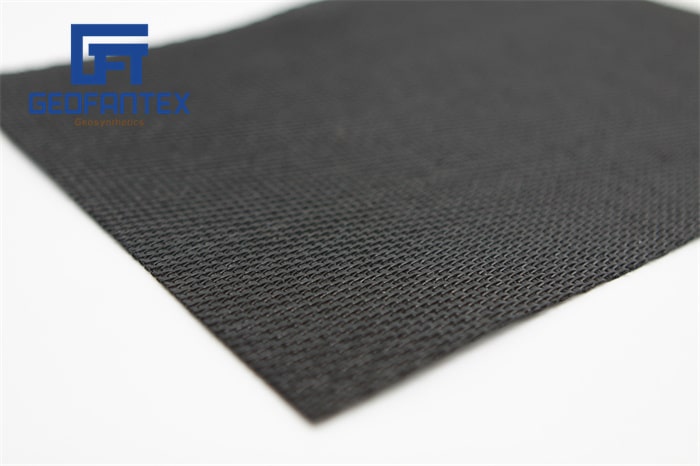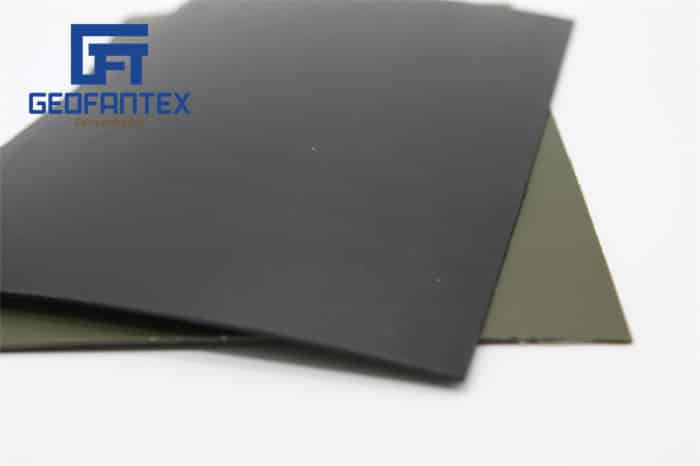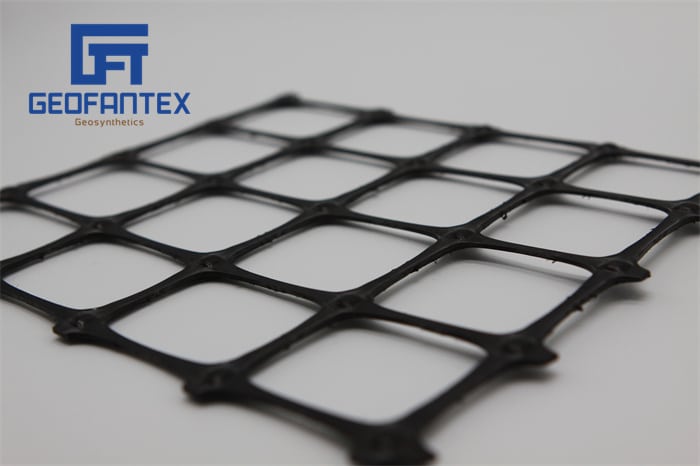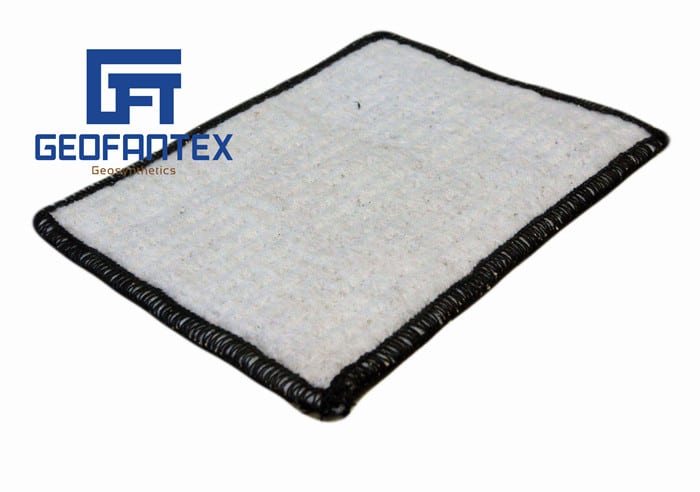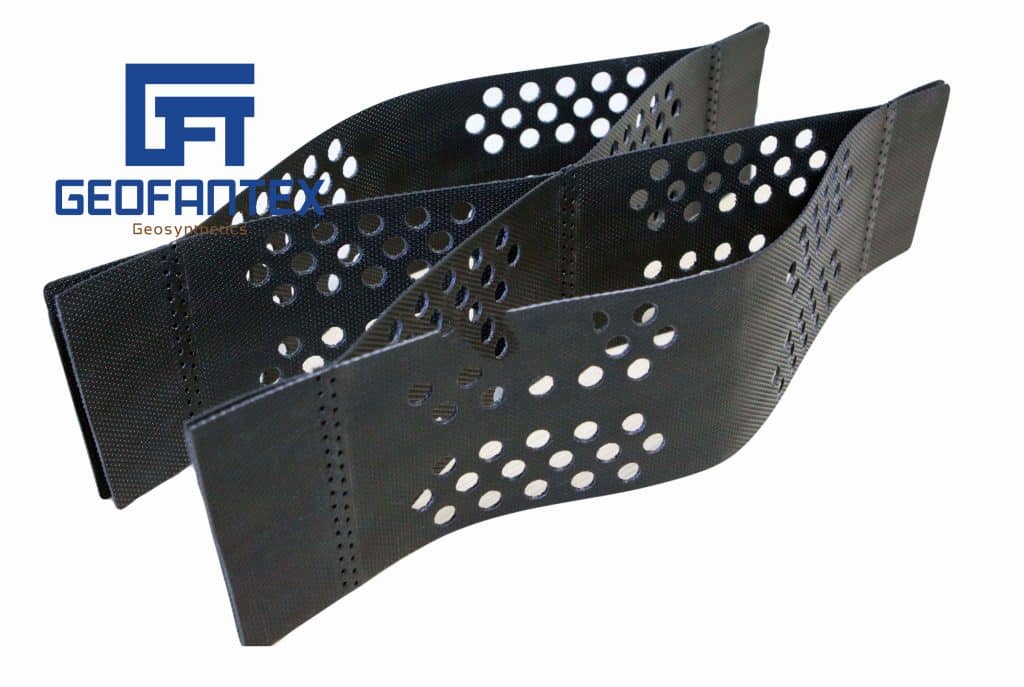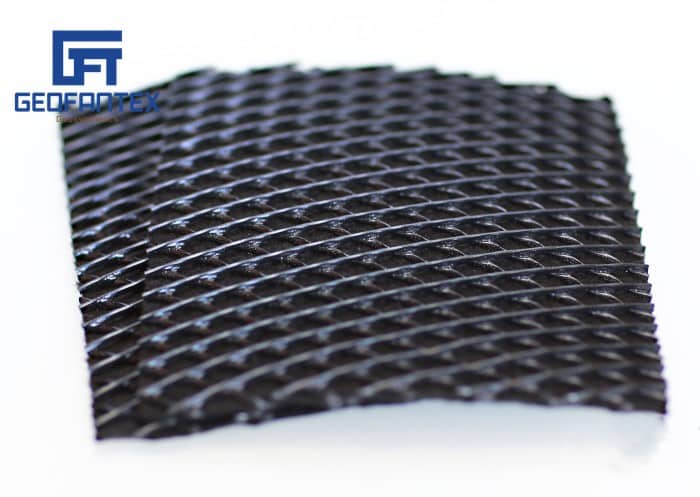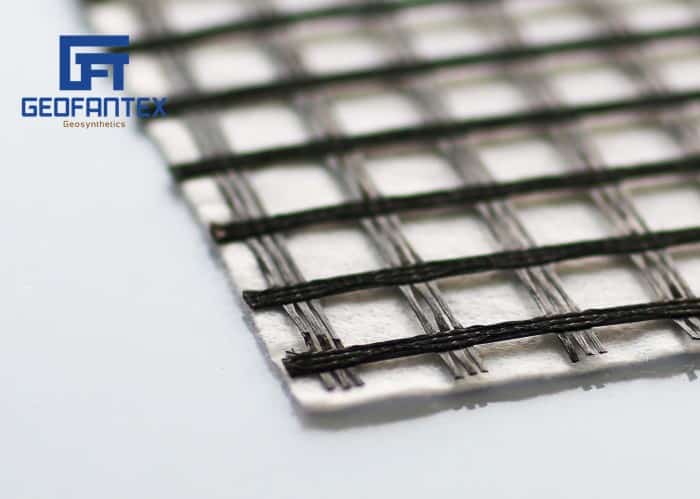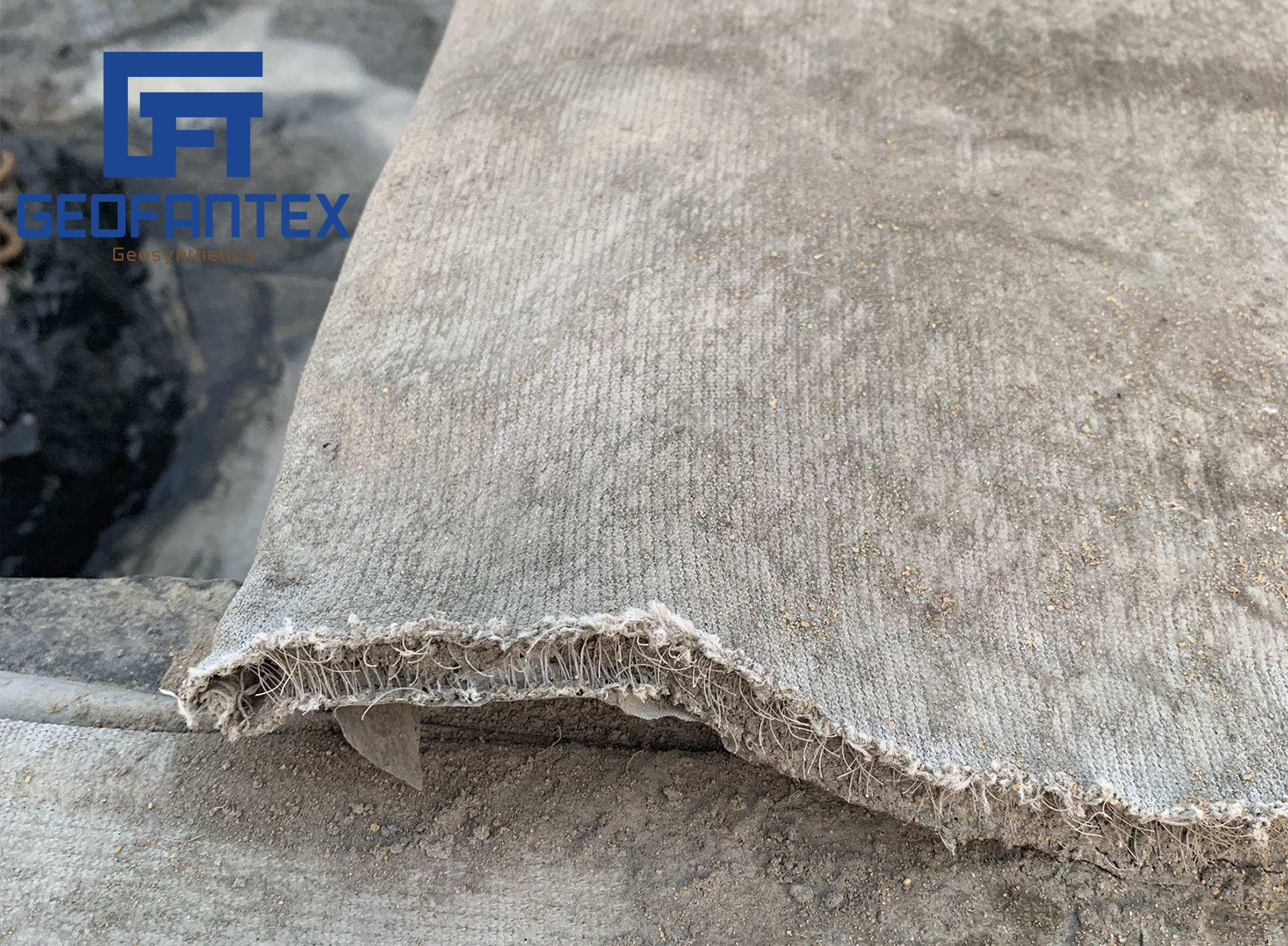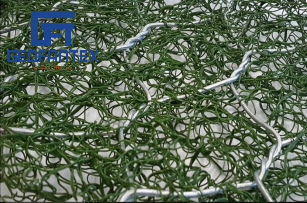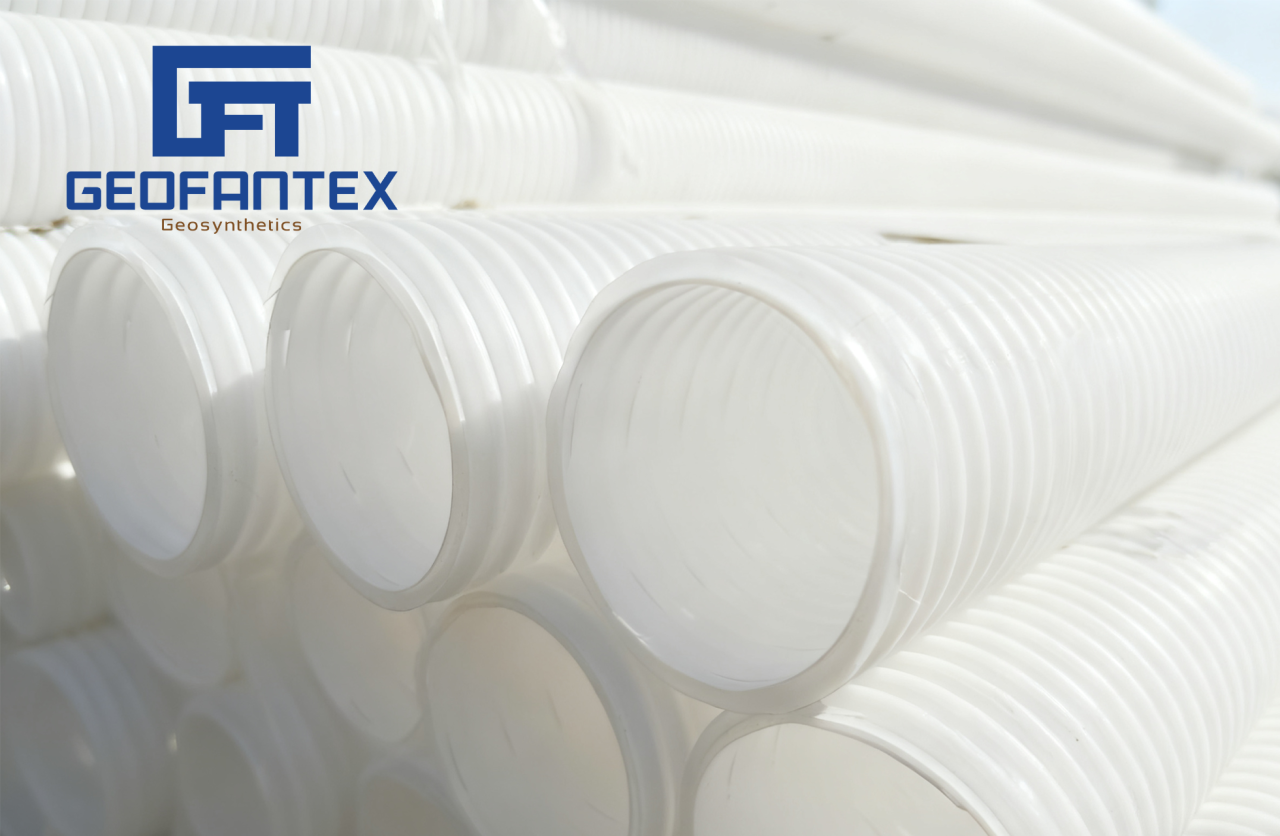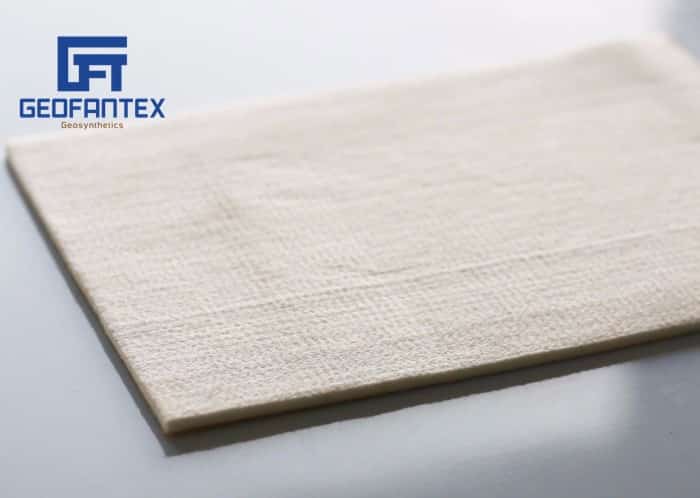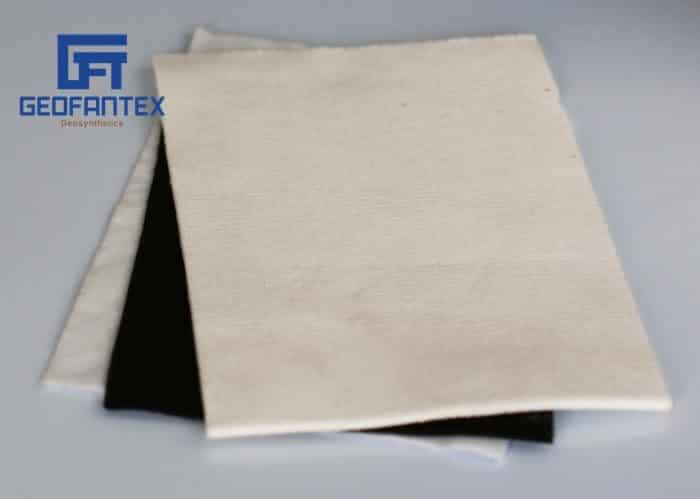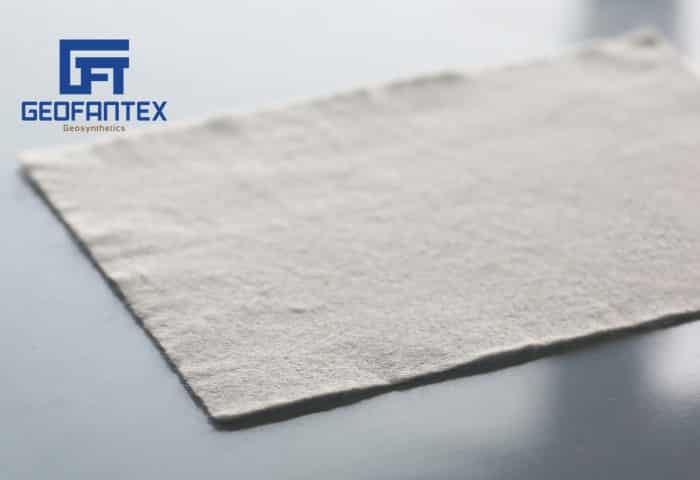+86-159 9860 6917
info@geofantex.com
geofantex@gmail.com
+86-400-8266163-44899
The use of geocomposite edge drain systems has revolutionized the way drainage challenges are addressed in civil engineering projects. These innovative solutions are designed to enhance water management and prevent soil erosion, offering significant advantages in various construction applications. In this article, we’ll dive into key insights about geocomposite edge drain technology and its benefits.

What is a geocomposite edge drain, and how does it work?
A geocomposite edge drain is a drainage solution made from a combination of geotextile and drainage materials such as geonets or perforated pipes. These systems are designed to facilitate efficient water flow, reducing the risk of water accumulation around foundations, roads, or embankments. The geotextile fabric acts as a filter, allowing water to pass through while preventing the passage of soil particles, while the geonet or pipe system channels the water away from the construction area.
The technology works by providing a continuous drainage path, effectively capturing and redirecting excess moisture. This reduces hydrostatic pressure, which can otherwise lead to structural damage or instability.

What are the advantages of using geocomposite edge drains in civil engineering projects?
The primary advantage of geocomposite edge drains is their efficiency in managing water drainage. They reduce the need for traditional, labor-intensive drainage solutions and can be installed quickly, even in challenging environments. These systems offer:
- Improved Drainage Capacity: By providing continuous drainage along the edge of a project, they prevent water accumulation and soil erosion.
- Cost-Effective: Geocomposite edge drains are less expensive than traditional drainage systems, reducing both material and labor costs.
- Durability: Made from high-quality geosynthetics, these systems are long-lasting and resistant to environmental wear.
According to Geosynthetics Magazine, drainage systems made from geocomposites can enhance drainage efficiency by up to 50% compared to conventional methods.
How are geocomposite edge drains used in road and pavement construction?
In road and pavement construction, geocomposite edge drains are used to improve drainage along the edges of roads, highways, and runways. Excess water that accumulates on the road surface or underneath can weaken the foundation and reduce the lifespan of the pavement. Installing geocomposite edge drains along the roadside prevents water from pooling and infiltrating the pavement structure, ensuring the road remains stable and durable.
The integration of geocomposite edge drains also enhances the overall performance of the pavement by preventing erosion, improving road safety, and reducing maintenance costs. This technology is increasingly being adopted by road authorities worldwide as part of their sustainable construction practices.
What is the industry outlook for geocomposite edge drains?
The market for geocomposite edge drains is expected to grow significantly over the next decade. According to a report by MarketsandMarkets, the global geosynthetics market is projected to reach USD 17.3 billion by 2028, driven in part by the increasing demand for effective drainage solutions like geocomposite edge drains in infrastructure projects.
With urbanization and infrastructure development accelerating globally, the demand for efficient drainage solutions will continue to rise, making geocomposite edge drains an essential component of modern construction.
By integrating geocomposite edge drains into construction projects, civil engineers are adopting a more efficient and sustainable approach to water management. This technology provides long-term cost savings, enhances structural integrity, and promotes eco-friendly construction practices.
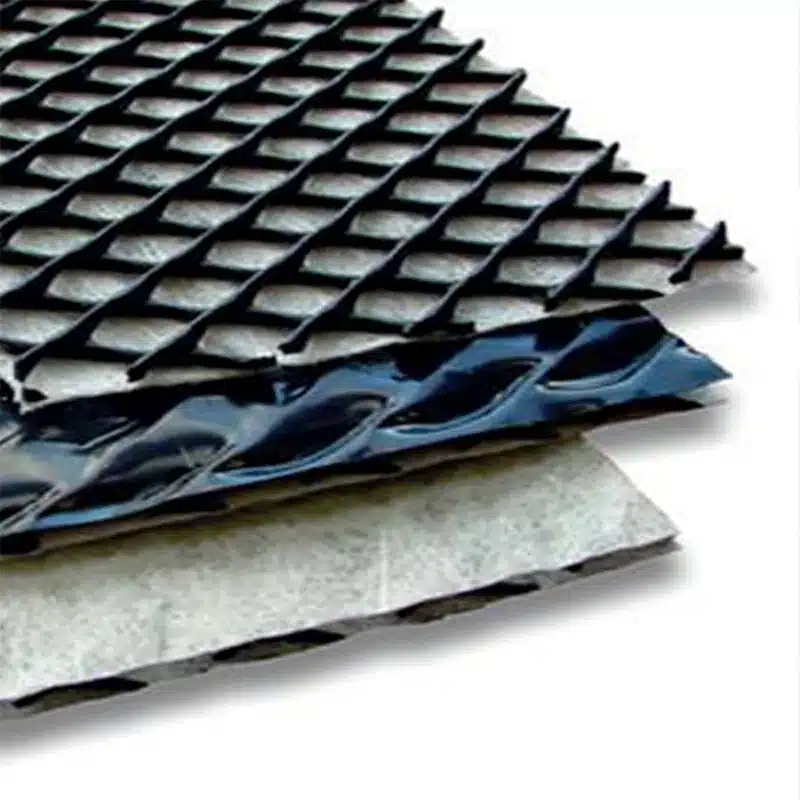
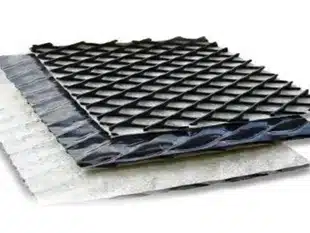

Get Free Sample
We’ll respond as soon as possible(within 12 hours)


